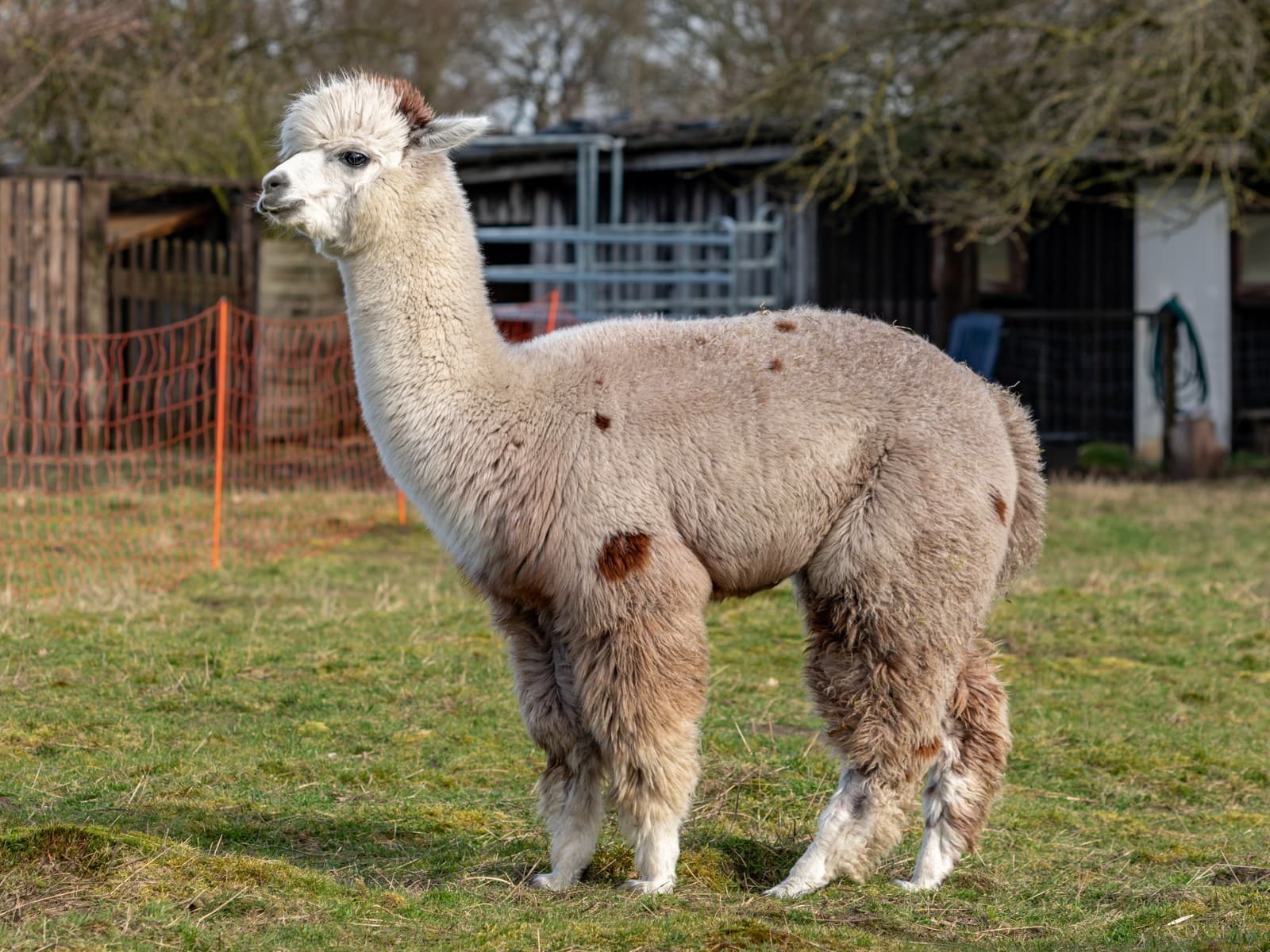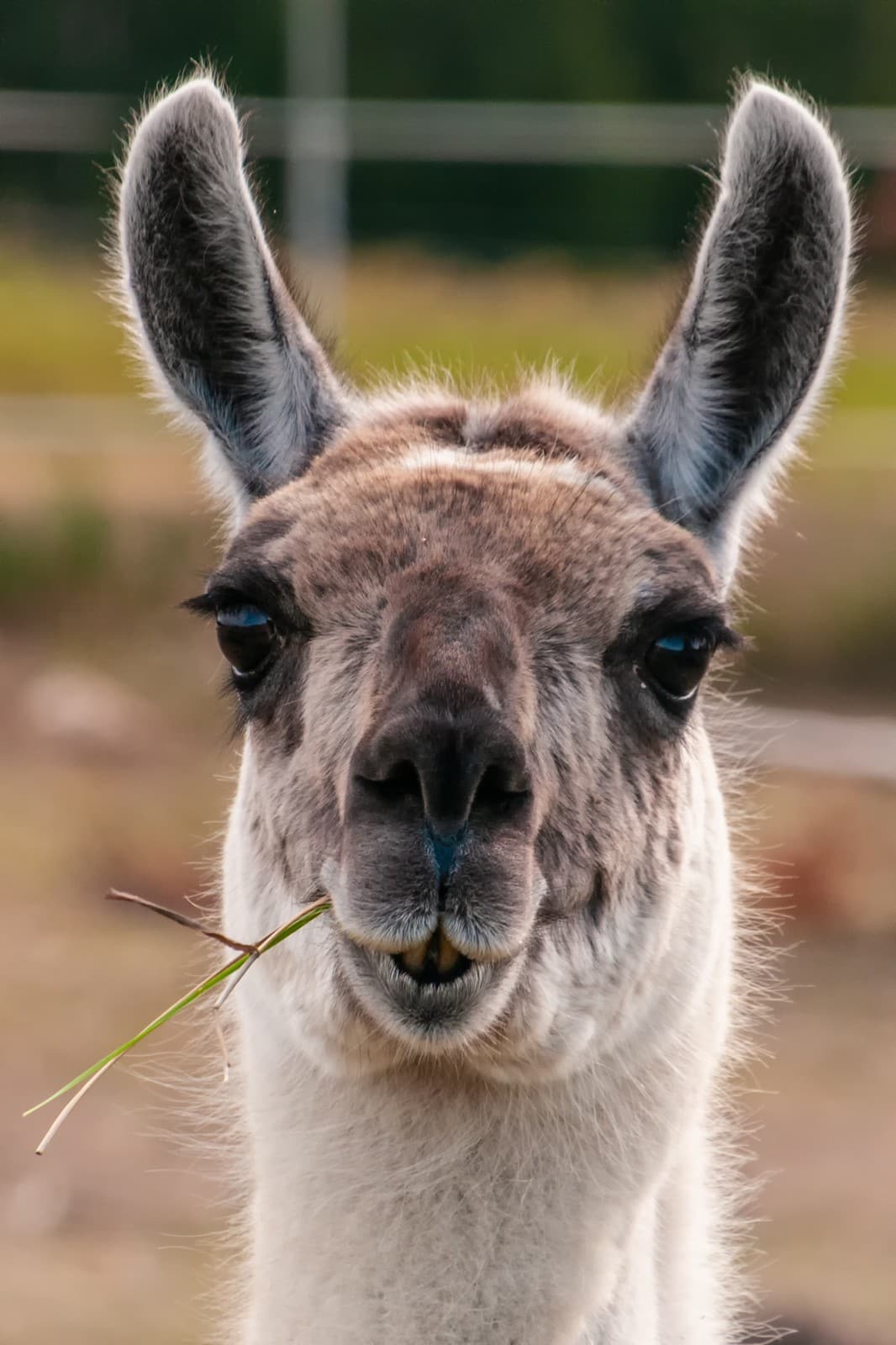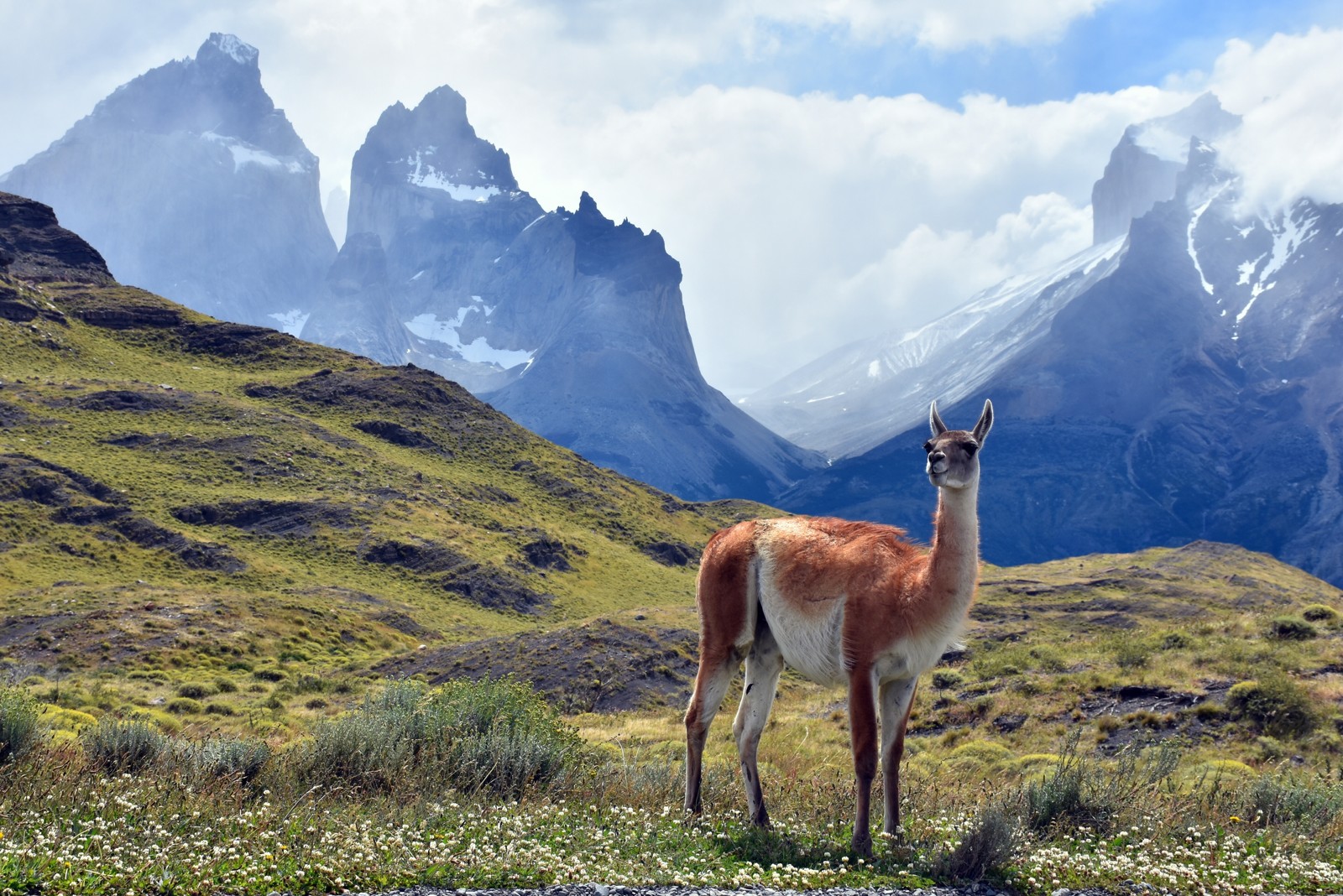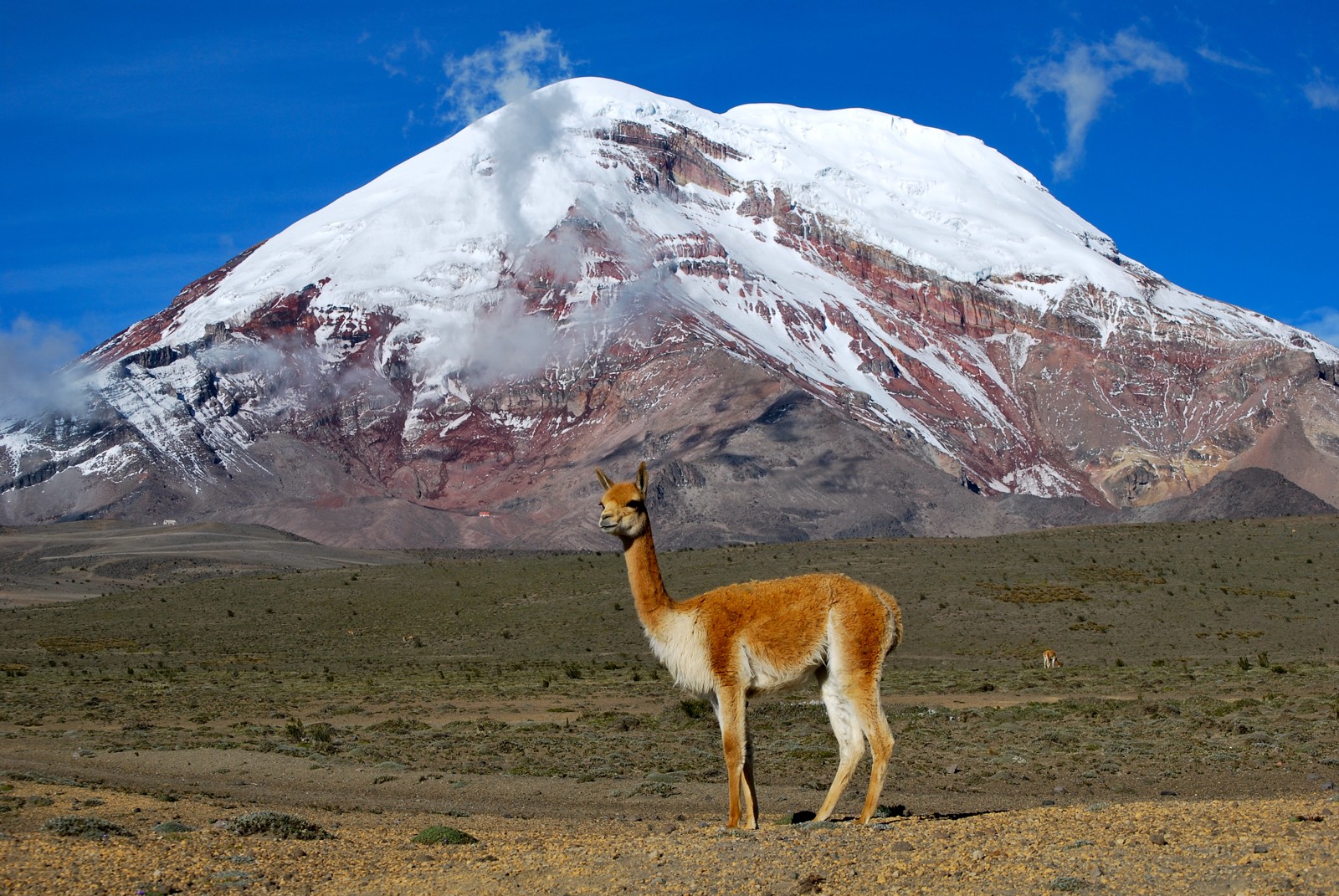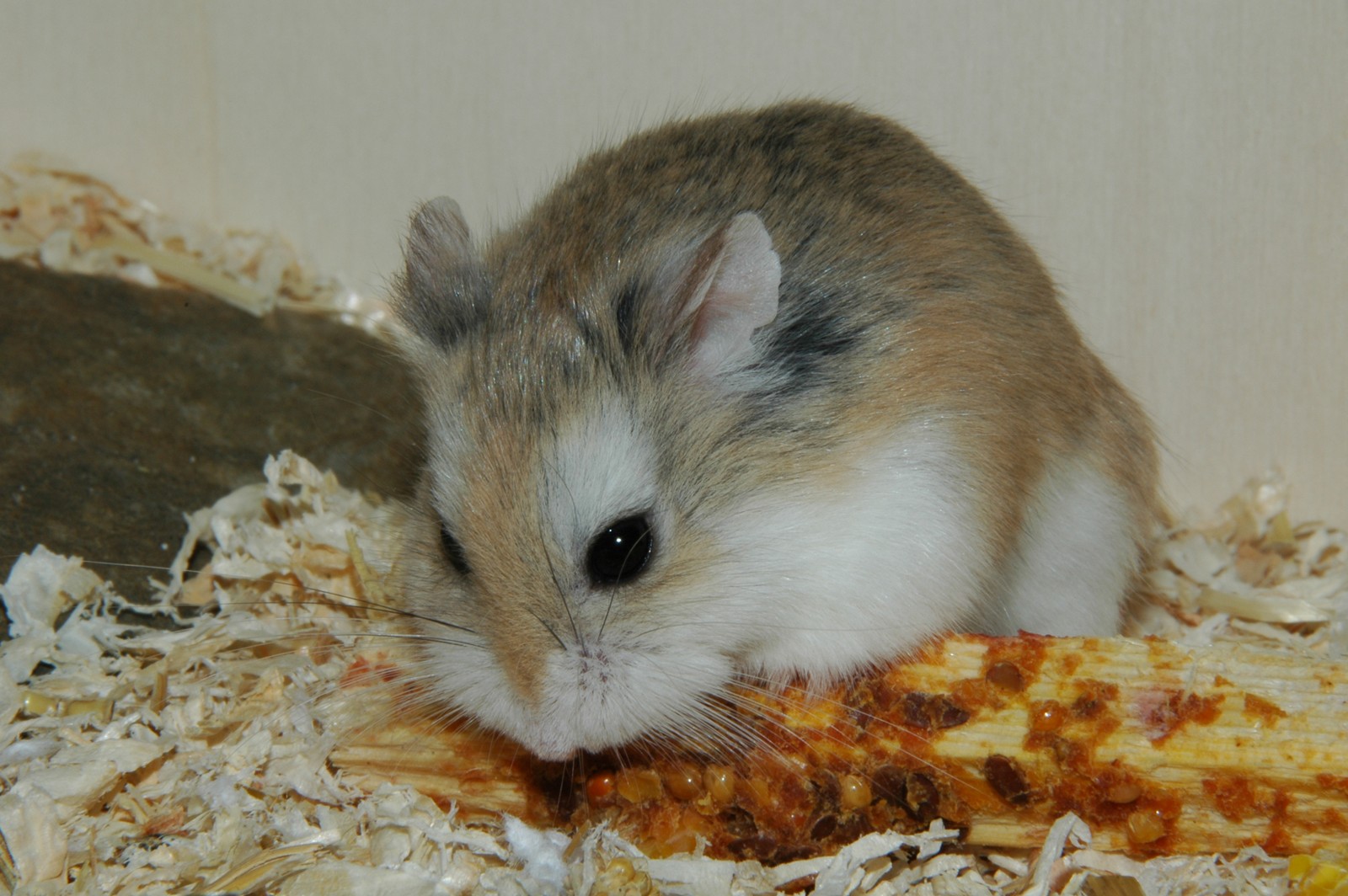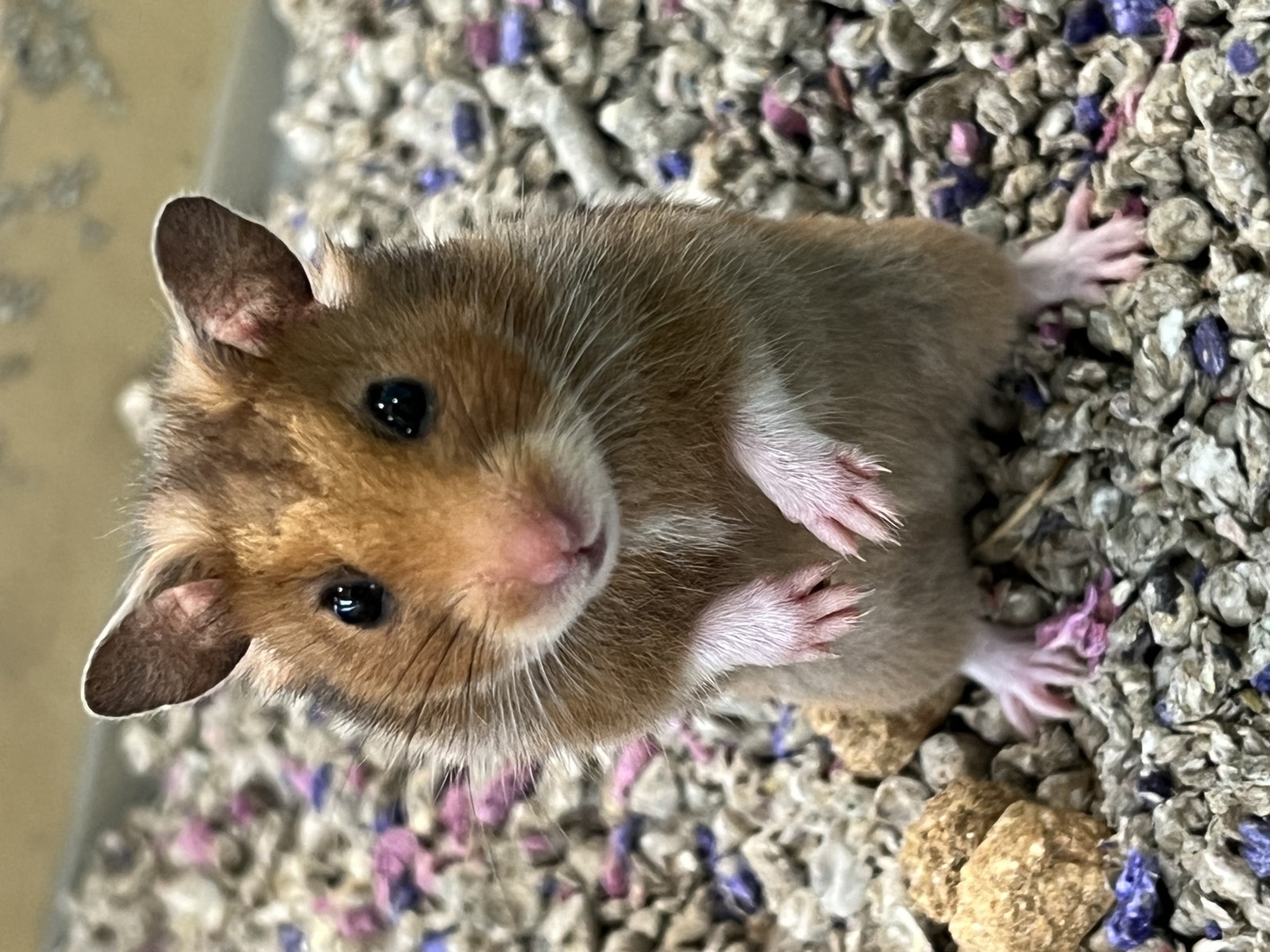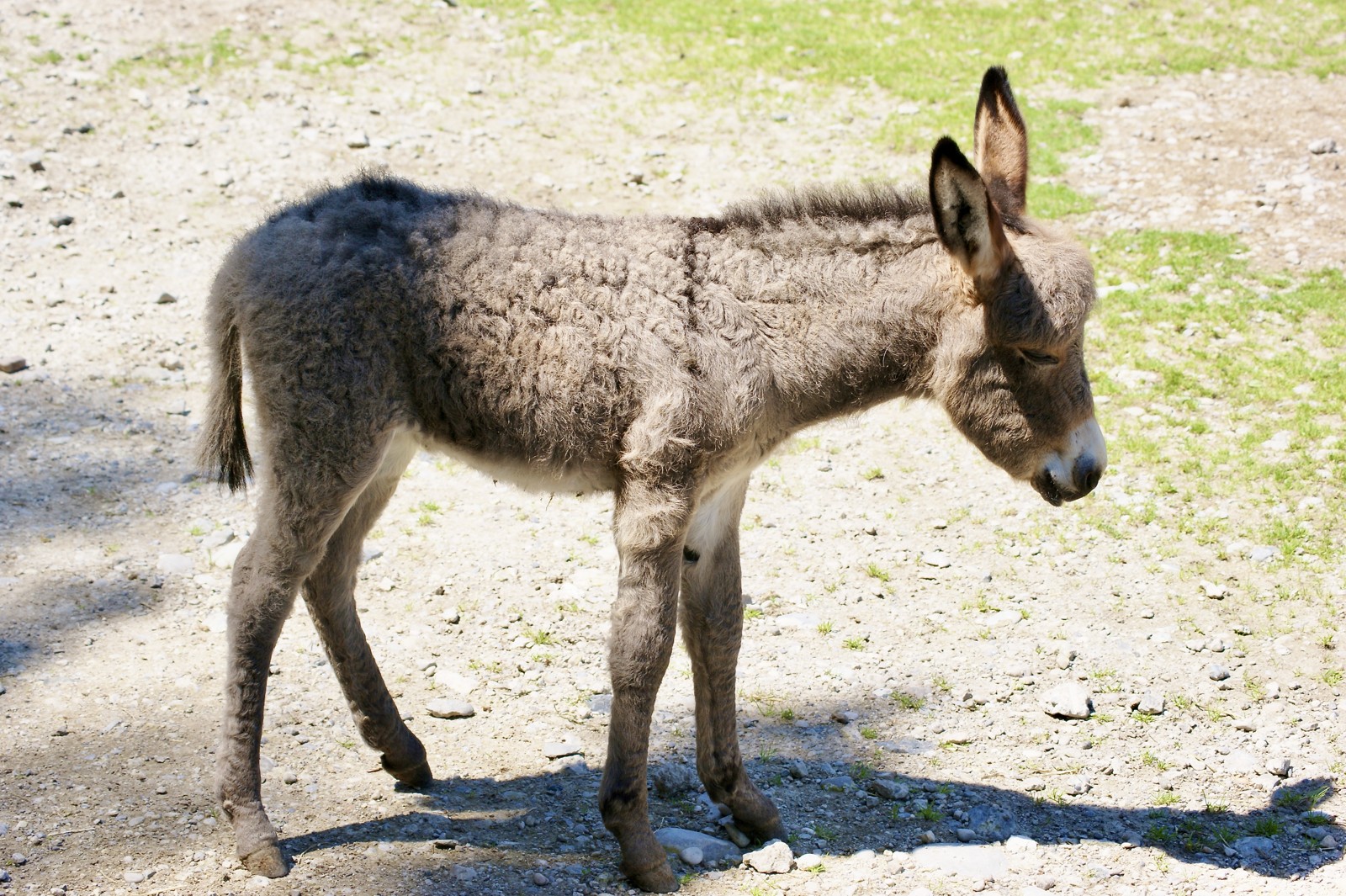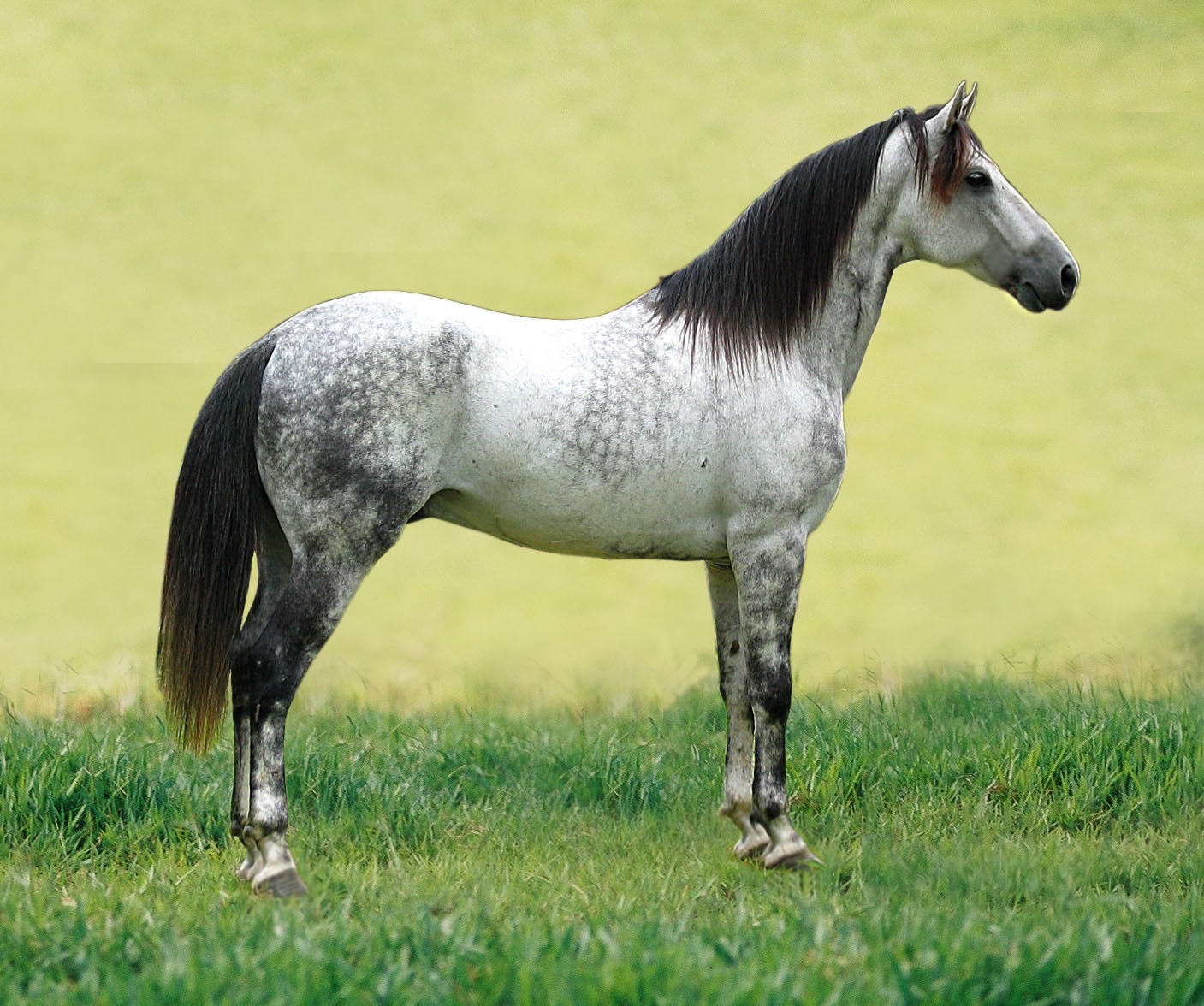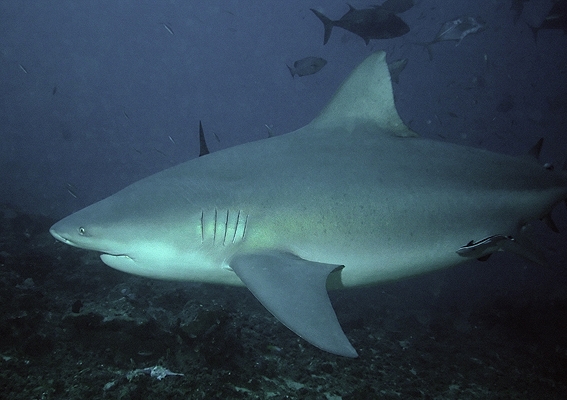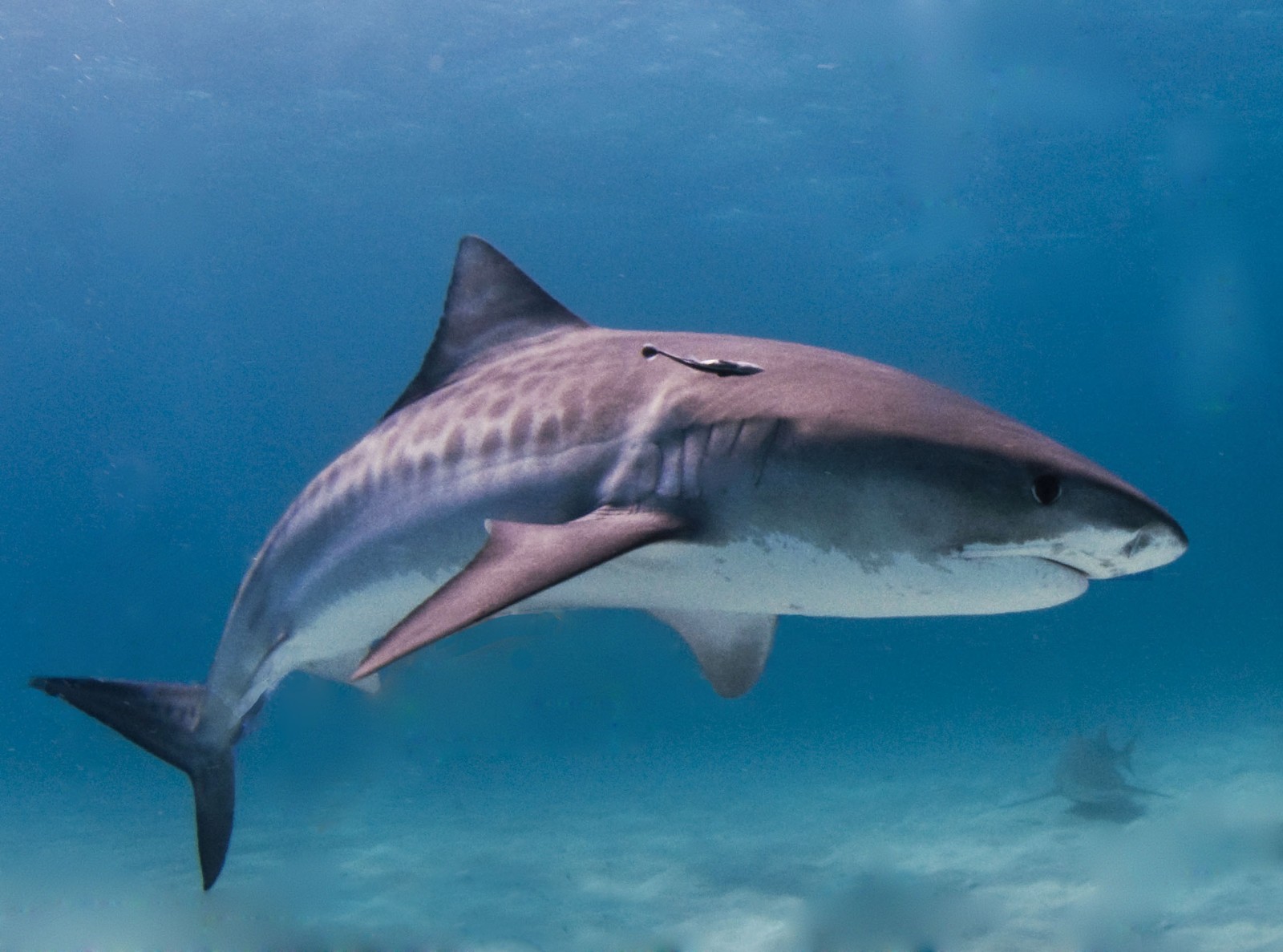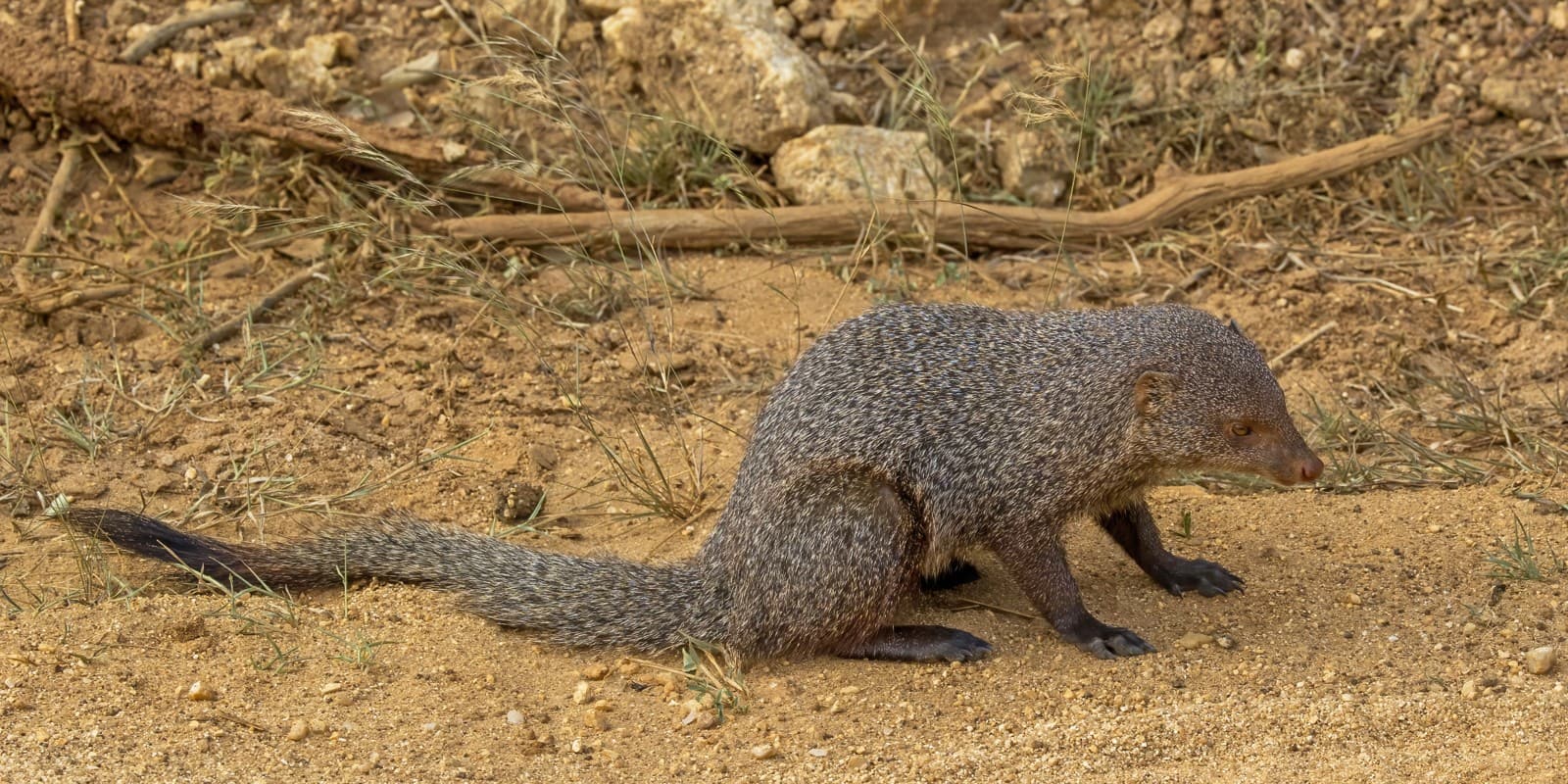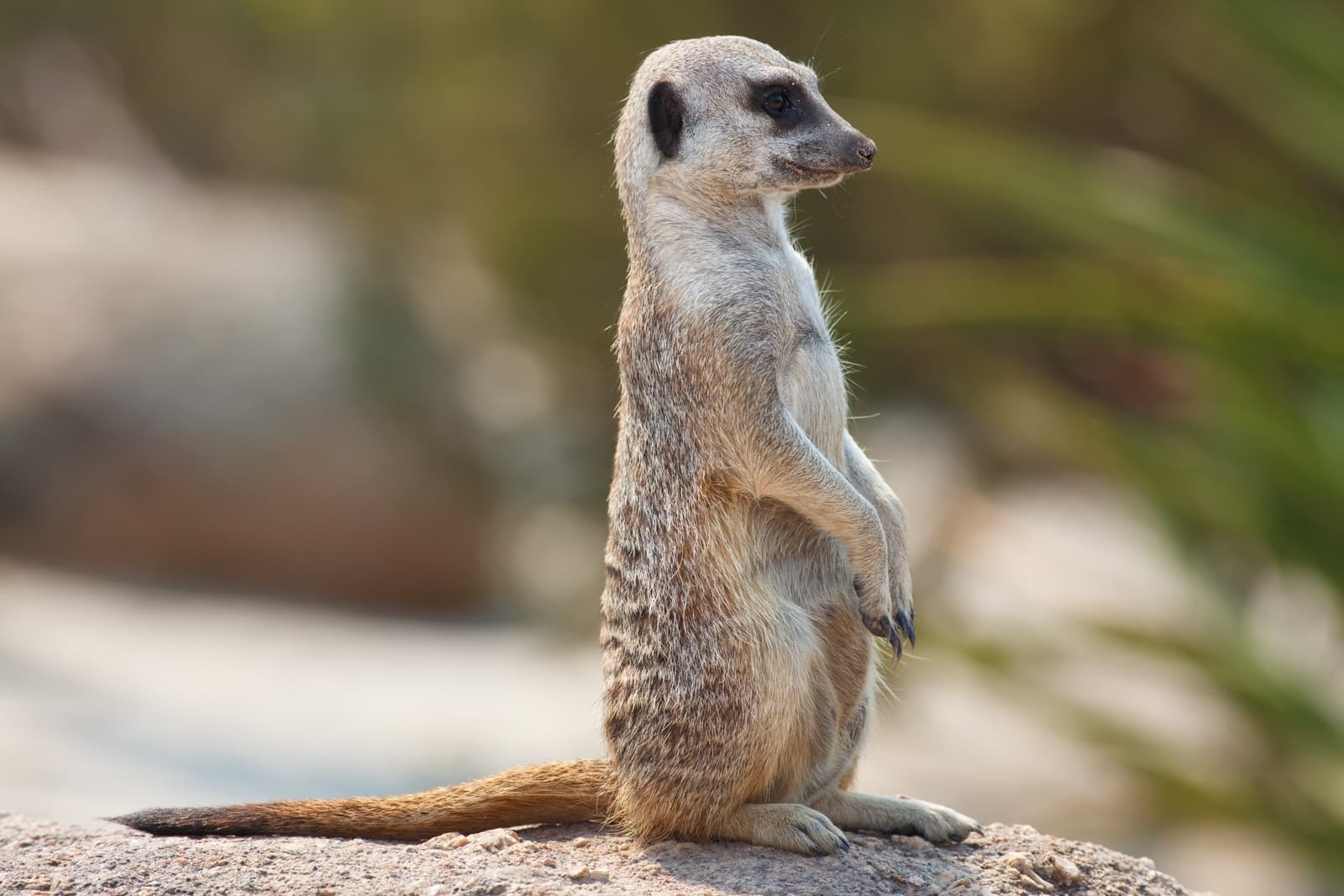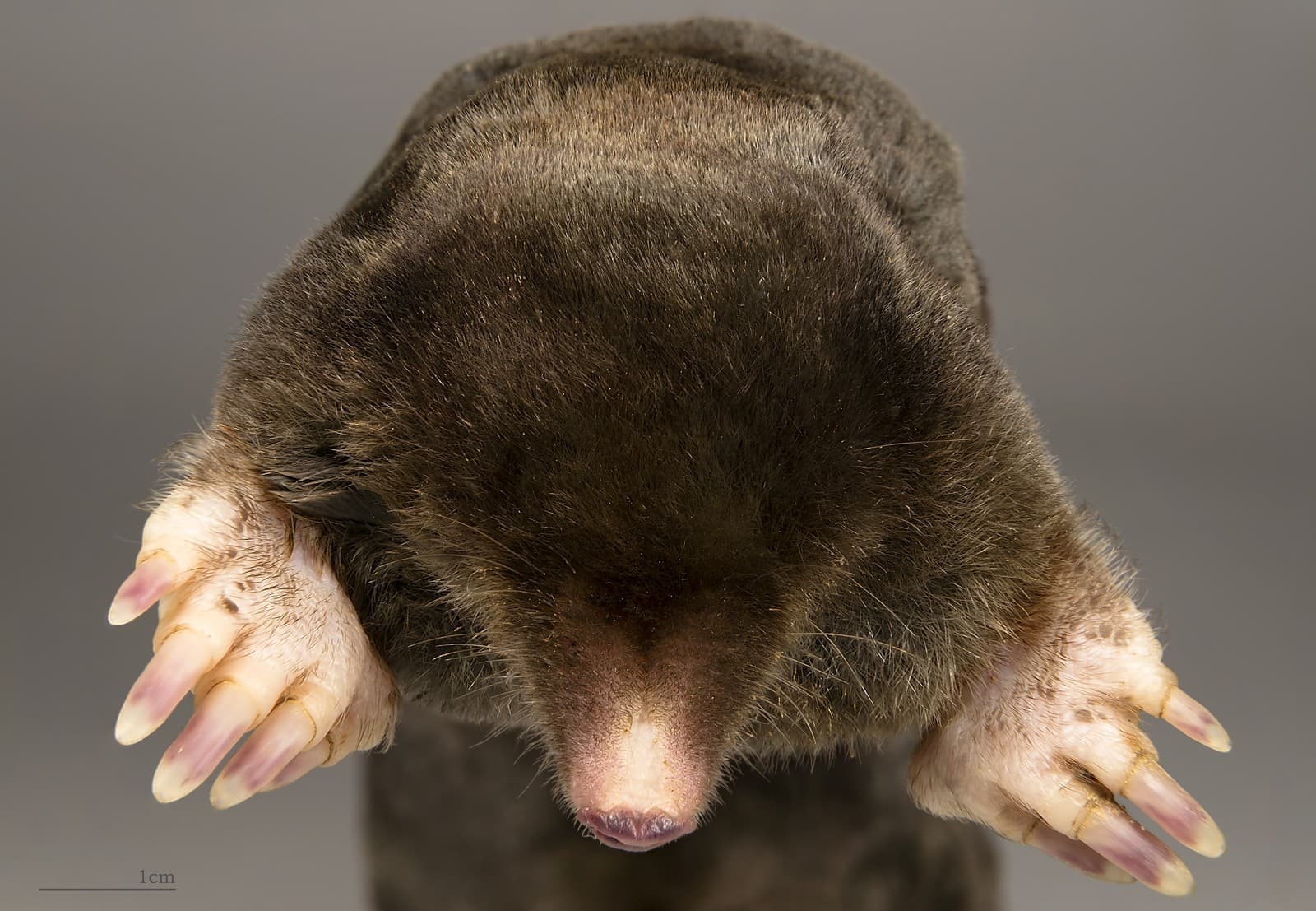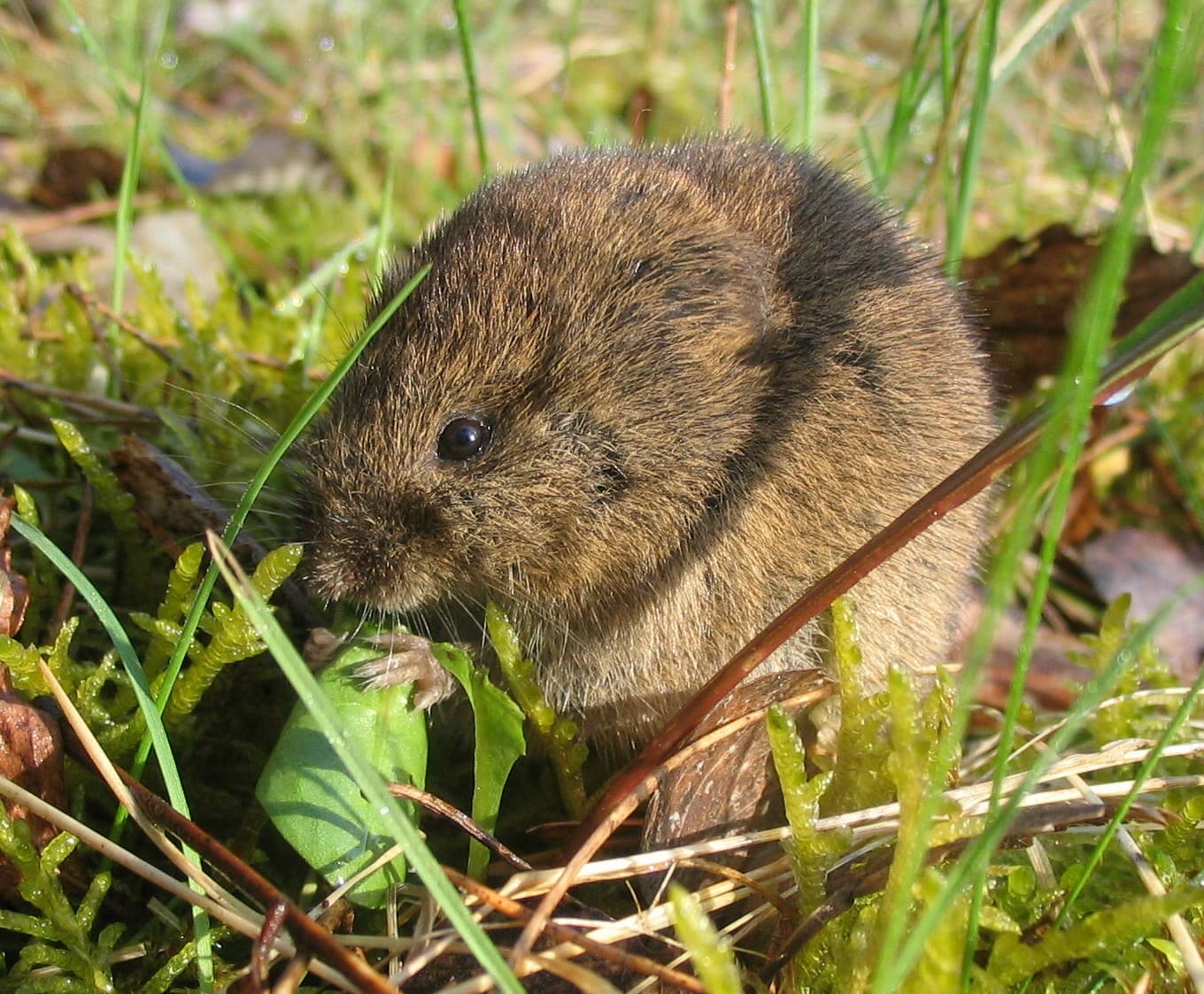Alpaca vs Vicuna: A Complete Comparison
When comparing alpaca vs vicuña, these South American camelids share ancestral roots but exhibit distinct characteristics that set them apart. While alpacas are domesticated herd animals weighing 121-182 pounds (55-82 kg), vicuñas remain wild creatures of the high Andes, typically weighing just 88-143 pounds (40-65 kg). Their most notable difference lies in their wool – vicuñas produce the finest natural fiber in the world at just 12-14 microns, while alpaca fiber measures 18-25 microns.
These remarkable animals have evolved to thrive in different niches of the Andean ecosystem. Alpacas have adapted to life as livestock, grazing in managed pastures between 11,500-16,000 feet (3,500-4,880 meters). Meanwhile, vicuñas roam freely at extreme altitudes of up to 18,000 feet (5,500 meters), where they’ve maintained their wild status for thousands of years.
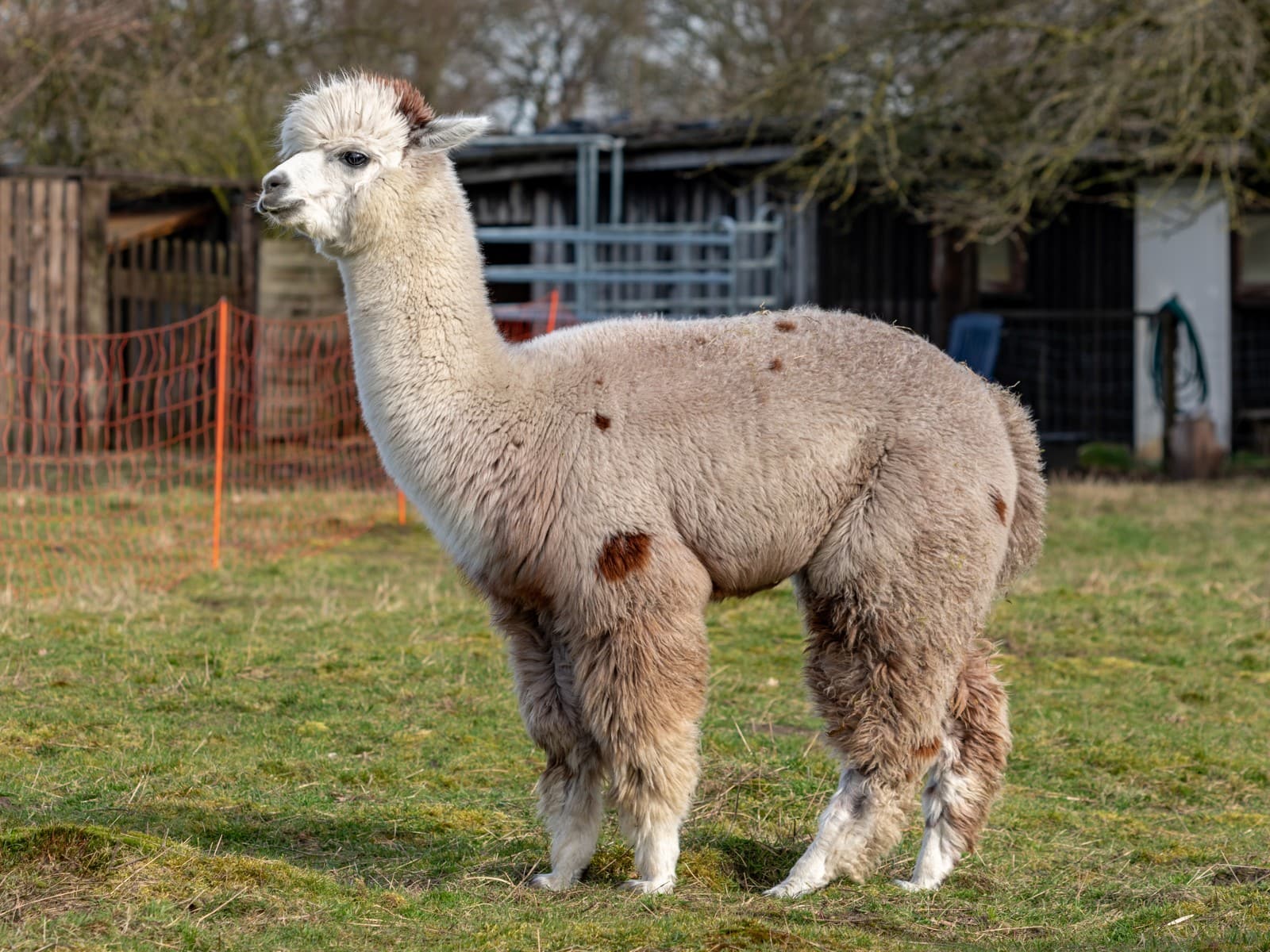
© Dietmar Rabich / CC BY-SA 4.0
The domesticated alpaca showcases the results of centuries of selective breeding, with its sturdy build and thick, manageable fleece that comes in 22 natural colors.
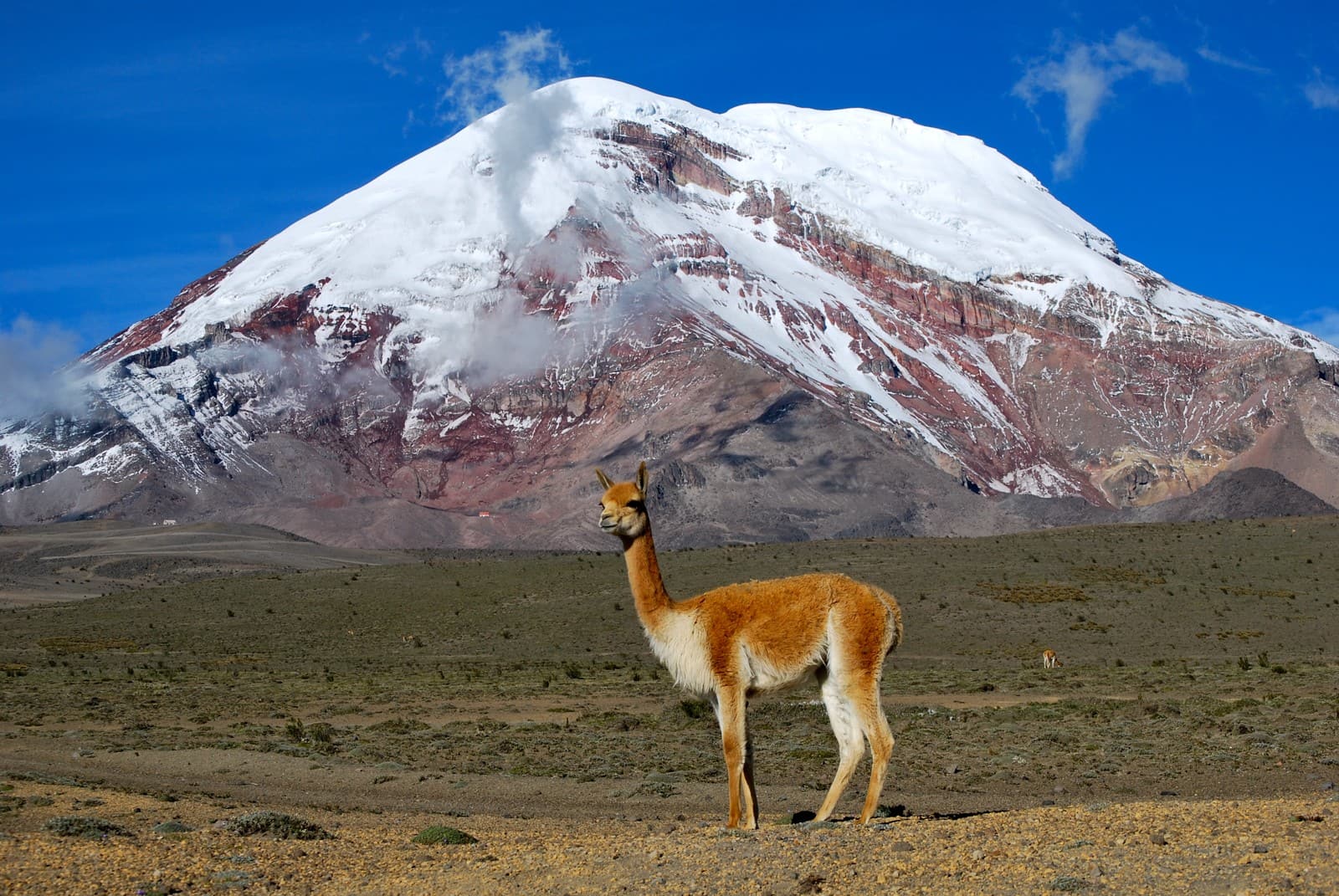
© Dabit100 / David Torres Costales Riobamba / CC BY-SA 3.0
The wild vicuña displays its characteristic elegance against its natural habitat, showcasing the cinnamon-colored wool that was once reserved for Incan royalty.
Key Differences Between Alpacas and Vicuñas
| Feature | Alpaca | Vicuña |
|---|---|---|
| Status | Domesticated | Wild |
| Size | 32-39 inches (81-99 cm) at shoulder | 30-35 inches (75-89 cm) at shoulder |
| Weight | 121-182 lbs (55-82 kg) | 88-143 lbs (40-65 kg) |
| Wool Fineness | 18-25 microns | 12-14 microns |
| Color Variations | 22 natural colors | Single cinnamon-brown color with white chest |
| Habitat | Farm environments up to 16,000 ft | Wild Andes up to 18,000 ft |
Habitat and Behavior
Alpacas thrive in managed farm environments, displaying social behaviors that make them excellent livestock. They live in herds, communicate through humming sounds, and adapt well to human interaction. Their domesticated nature allows them to be raised worldwide, though they originated in South America.
Vicuñas, conversely, maintain strict territorial behaviors in the wild. They live in family groups consisting of one male and several females with their young. These wild camelids are extremely shy and will flee at the slightest disturbance, running at speeds up to 30 mph (48 km/h) across their high-altitude terrain.
Wool Characteristics and Uses
The distinction in wool quality between alpacas and vicuñas is significant enough to impact their commercial value dramatically. Alpaca fiber, while luxurious and warm, produces garments that typically cost $75-300 per item. Vicuña wool, known as the “fiber of the gods,” commands astronomical prices, with a single coat costing upwards of $4,000.
Conservation Status and Population
Alpacas number approximately 3.5 million worldwide, with substantial populations in Peru, Bolivia, and an increasing presence in countries like the United States and Australia. Vicuñas, having recovered from near extinction in the 1960s, now number around 350,000 individuals in the wild, with strict protection measures ensuring their survival.
Historical Significance
Both animals hold deep cultural significance in Andean civilization. While alpacas were domesticated approximately 6,000 years ago for their wool and meat, vicuñas were considered sacred during the Inca Empire. Their wool was reserved exclusively for royalty, and killing a vicuña was punishable by death.
Modern Economic Impact
The alpaca industry generates significant revenue through fiber production, with global markets expanding annually. Vicuña fiber remains extremely exclusive, with strictly controlled harvesting through traditional chakus (roundups) occurring every three years, maintaining both conservation efforts and indigenous communities’ economic interests.
This comparison reveals how these remarkable camelids, though related, have evolved to serve distinct roles in both natural ecosystems and human society. Their continued existence represents a delicate balance between conservation, cultural heritage, and economic development in the Andean region.
